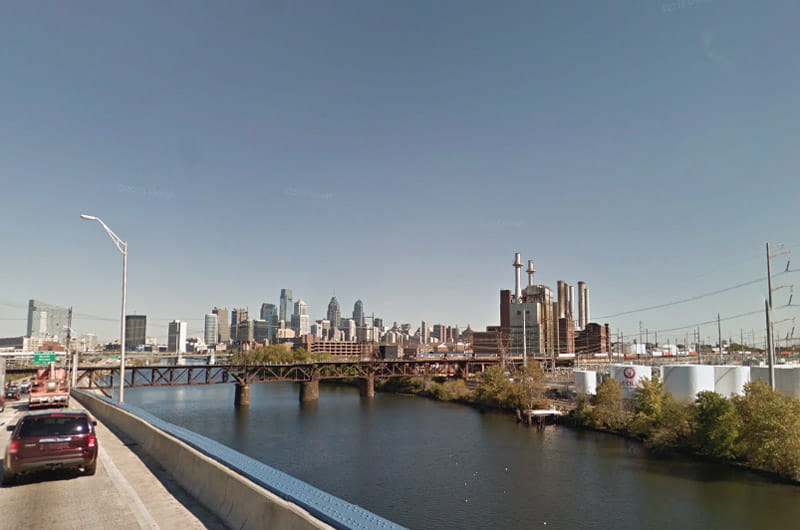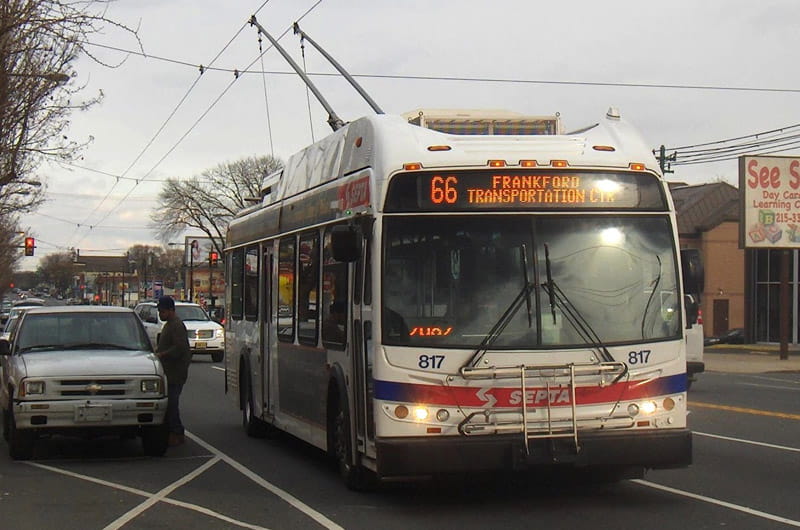A.J. Drexel Institute for Energy and the Environment Plots a Course for Philadelphia to Reduce Greenhouse Gas Emissions

Philadelphia tapped Drexel's experts to assess the feasibility of reducing greenhouse gas emissions 80 percent by the year 2050.
Researchers from the A.J. Drexel Institute for Energy and the Environment issued a 97-page report to the City of Philadelphia that plots a detailed course for how the city can reduce its emission of greenhouse gasses—with the goal of an 80 percent reduction by the year 2050. Among its suggestions are retrofitting hospitals, grocery stores, schools and retail stores with better windows and insulation; drawing electricity from low-carbon sources like nuclear, wind and solar power; and encouraging the use of electric vehicles, public transportation, walking and cycling.
Cities around the world are making commitments to limit greenhouse gas emissions to align themselves with a United Nations call for developed nations to make 80 percent reductions from 1990 levels by 2050. As Philadelphia is preparing to set a new carbon reduction goal of its own in 2016, the Mayor’s Office of Sustainability tapped experts from Drexel to better understand the feasibility of adopting this target.
“While Philadelphia has made progress on its short term greenhouse gas emissions goals set as part of our Greenworks Philadelphia sustainability plan, we are still a ways away from meeting even those modest targets,” said Katherine Gajewski, director of the Office of Sustainability. “This well-researched plan gives us a framework for understanding the opportunities for achieving deep greenhouse gas reductions on a longer time horizon.”
The report, which was supported by a grant from the Institute for Energy and the Environment, draws on research from civil, environmental and architectural engineering experts at Drexel’s College of Engineering, policy experts from Drexel’s College of Arts and Sciences, and transportation experts from McGill University in Montreal.
The team focused on three areas where the largest greenhouse gas reductions can be made: energy use in buildings, electricity generation and transportation. It recommended ways to reduce emissions in each area while noting both the cost associated with these adjustments, as well as the effect they would have on the overall emissions produced by the city.
The report’s primary findings and recommendations are:
- The two biggest sources of greenhouse gas emissions are building energy use, which accounts for 60 percent of Philadelphia’s carbon footprint, followed by emissions from cars, trucks and busses, which result in 19 percent of the city’s greenhouse gases.
- Retrofitting large buildings with high occupancies, like hospitals, schools, grocery and retail stores with energy-saving technology, such as better wall insulation, double-pane windows, roof insulation, white roofs, motion-sensors on lights, and electrical heat pumps, can cut the buildings’ energy consumption in half, and would pay for itself in savings.
- Switching to low-carbon electric or hybrid-electric busses and encouraging people to use public transportation, ride a bike or walk would significantly cut into the 19 percent of greenhouse gas emissions attributed to transportation in the city.
- Philadelphia currently gets 60 percent of its electricity from plants that use fossil fuels and only three percent from renewable resources. The report suggests that significant reductions in greenhouse gas production could be made if the city adjusted its electricity sourcing to draw predominantly from nuclear power plants or fossil fuel plants that capture their carbon. It also suggests that as much as 30 percent of the city's power could come from renewable sources, like wind and solar, before the grid would need to integrate storage devices to mitigate the intermittence of those sources.

“Cities, as population and economic centers, are responsible for generating about three-quarters of the emissions that are driving global warming,” said Joseph Hughes, PhD, director of the Institute for Energy and the Environment and dean of Drexel’s College of Engineering. “But what makes cities a big part of the problem also makes them a big part of the solution—implementing large-scale de-carbonization strategies in metropolitan areas would have a tremendously beneficial effect on a global scale.”
The report also outlines the steps Philadelphia and nine other U.S. cities have already taken to implement greenhouse gas-reducing changes and which policy approaches are proving to be the most effective.
“The analysis may guide initial steps along the pathway to deep reductions in greenhouse gas emissions, but we recognize that there will be many new technologies developed, changes in costs, and unforeseen events between now and 2050,” said Patrick Gurian, PhD, an associate professor in Drexel’s College of Engineering and a lead author of the report. “I would like people to think of the report not as a recipe for what Philadelphia should be doing in 2050, but as a discussion guide to a conversation Philadelphia should be having now.”
The Drexel researchers presented the full report to city officials on Wednesday, Nov. 4 at a public event held on campus.
Drexel News is produced by
University Marketing and Communications.
